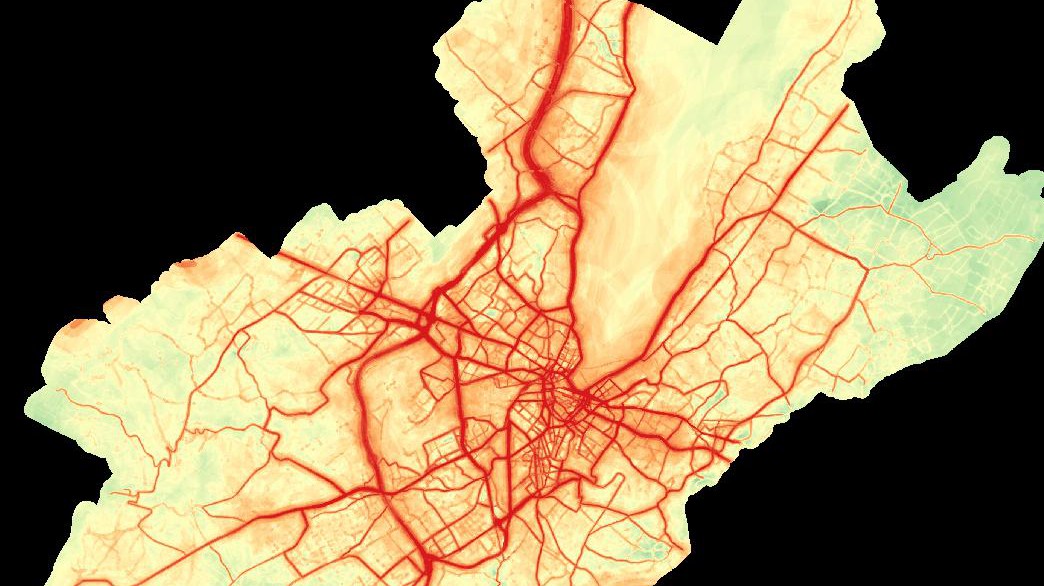Multispecies investigation of the impact of the urbanization process on genetic diversity in the Geneva cross-border area

PROJECT GOALS
In the context of urban planning and management, the main aim of the URBANGENE project is the assessment of the current state and the dynamics of the biodiversity within the Grand Genève area and the identification of ecological, socio-economic and socio-demographic factors that influence dispersal, gene flow and adaptation of plant and animal species in urban areas.
Grand Genève ponds inventory
We benefited from the contribution of the Grand Genève area residents to make an inventory of all existing ponds across the Geneva metropolitan area. [Facebook group]

URBANGENE project
Green spaces and biodiversity provide important ecosystem services such as local climate, air quality or water flow regulation that contribute to human well-being. The importance of urban green space for maintaining mental and physical health is increasingly being recognized.Urban development transforms and fragments the landscape of the Grand Genève area and the process of urban expansion will increase in the future. The consequences are degradation and loss of natural habitats, which reduce biodiversity and decrease the quality of life of the residents .
The aim of the URBANGENE project is to estimate the impact of the urbanisation process on biodiversity within the Grand Genève area. In order to allow for a sustainable urban development, it is crucial to assess and understand the impact of landscape fragmentation on the dispersal and population dynamics of plant and animal species.
The main objectives of the URBANGENE project are
- Assessment of the current state and the dynamics of the biodiversity.
- Quantification of the effects of landscape elements on gene flow and functional connectivity of plant and animal species among green spaces.
- Identification of ecological, social-economic and socio-demographic factors that influence dispersal, gene flow and adaptation of species in urban areas.
- Simulation of the future uban fragmentation and evaluation of its impact on the biodiversity (time horizon 2030, 2040, 2050)
We use genetic information and methods in order to measure biodiversity and gene flow of three model species (plant, insect, amphibia) in combination with landscape data to evaluate the potential of different organisms to disperse and adapt to urban environments. The elaboration of this scientific knowledge should allow for a more sustainable urban development and the conservation, management and promotion of biodiversity in rural and urban areas.


